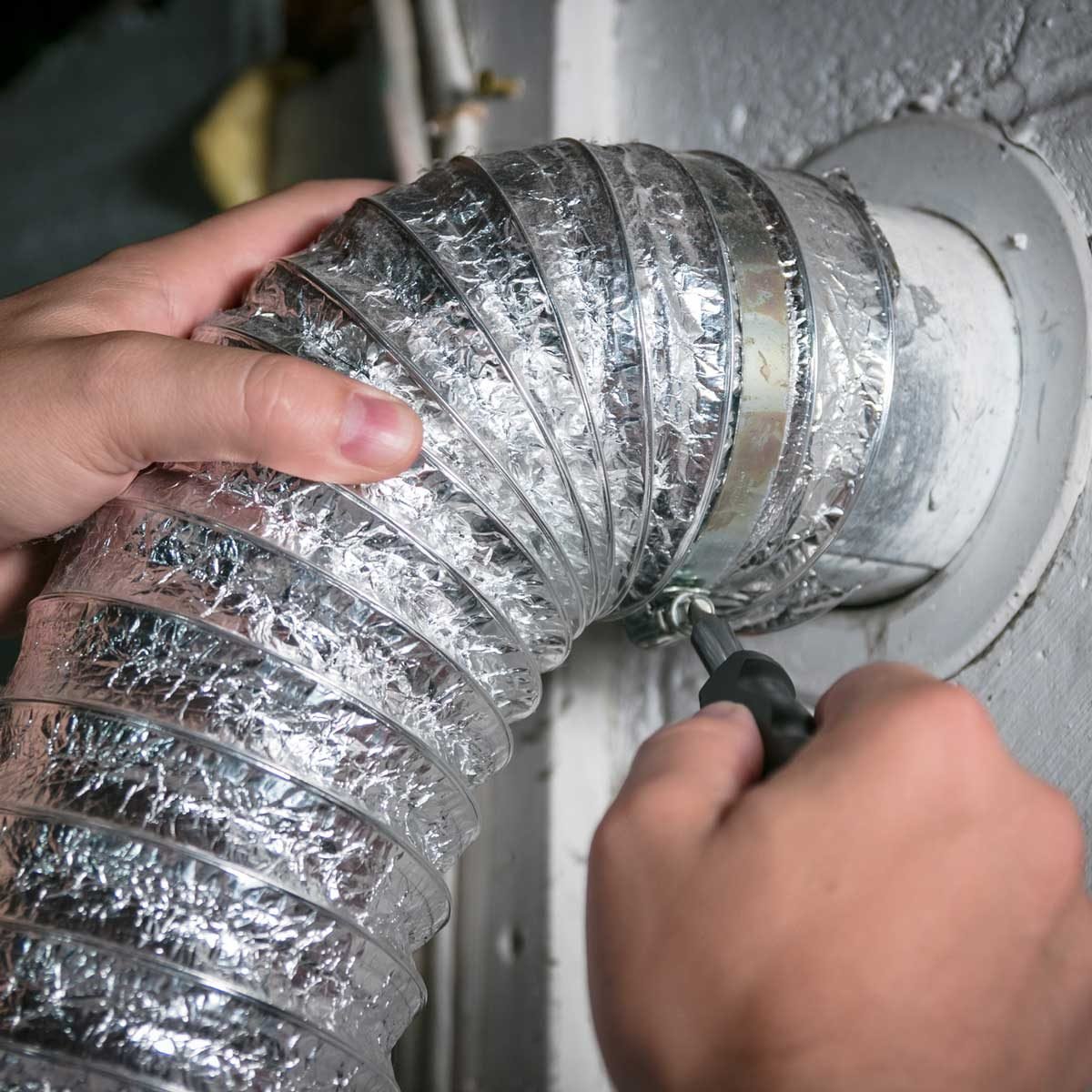

Articles
What Is A Dryer Vent
Modified: October 20, 2024
Learn about the importance of maintaining a clean and functional dryer vent with our informative articles. Protect your home from potential fires and save energy.
(Many of the links in this article redirect to a specific reviewed product. Your purchase of these products through affiliate links helps to generate commission for Storables.com, at no extra cost. Learn more)
Introduction
Welcome to the world of laundry and the importance of a properly functioning dryer vent. Most people are familiar with using a clothes dryer to quickly and conveniently dry their clothes, but what many may not realize is the crucial role that the dryer vent plays in this process. A dryer vent is an essential component of a clothes dryer system, responsible for safely removing hot air and moisture from the dryer to the outside of the home.
In this article, we will explore the definition, purpose, components, and importance of a dryer vent, as well as discuss the signs of a clogged vent and the dangers of neglecting its maintenance. We will also provide insights into proper cleaning and maintenance techniques, common problems, and available solutions, as well as options for upgrading your dryer vent system.
So, whether you’re a homeowner looking to learn more about your dryer vent system or someone experiencing issues with your dryer’s performance, this article will serve as a comprehensive guide to understanding, maintaining, and optimizing your dryer vent system for efficiency and safety.
Key Takeaways:
- Regular maintenance of your dryer vent is crucial for preventing fire hazards, carbon monoxide poisoning, and reduced efficiency. By cleaning the vent line, inspecting the vent hood, and avoiding vent restrictions, you can ensure a safe and efficient drying process.
- Upgrading your dryer vent system, such as transitioning from flexible to rigid ducts, installing a vent booster fan, or adding a lint trap, can significantly improve performance, safety, and energy efficiency. Prioritize proper installation and regular maintenance to maximize the lifespan of your dryer and create a healthier living environment.
Read more: What Size Vent For Dryer
Definition of a Dryer Vent
A dryer vent is a duct or pipe that connects the exhaust outlet of a clothes dryer to the outside of a building. It serves as a pathway for hot air, lint, and moisture to escape from the dryer and be vented outdoors. The venting of hot air is crucial, as it helps prevent the buildup of heat and humidity inside the dryer, which can lead to issues such as overheating, reduced drying efficiency, and potential fire hazards.
A dryer vent is typically made of flexible or rigid metal, foil, or vinyl tubing. It is installed through a hole in an exterior wall or ceiling, allowing for the safe expulsion of hot air and moisture generated during the drying process. The vent is designed to direct the air and lint away from the interior of the building, preventing them from accumulating in the laundry area or being recirculated into the living space.
In addition to the main vent, most dryer vent systems also include a vent hood or cap on the outside of the building. This hood prevents unwanted elements, such as rain, pests, and debris, from entering the vent and potentially causing blockages or damage. It also helps to improve airflow by creating a slight vacuum effect, pulling air and lint out of the vent more effectively.
It is important to note that not all clothes dryers require an external vent. Some ventless dryers use condensation or heat pump technology to remove moisture from the air and release it as water, eliminating the need for a traditional vented system. However, vented dryers are still the most common type and are found in the majority of households.
Purpose of a Dryer Vent
The primary purpose of a dryer vent is to safely expel hot air, lint, and moisture from the dryer to the outside of the building. This serves several important functions:
- Preventing Overheating: Clothes dryers generate significant heat during operation. Without a vent, the hot air would be trapped inside the dryer, causing it to overheat. This can lead to reduced drying efficiency, increased energy consumption, and even potential damage to the dryer itself.
- Removing Moisture: Drying clothes produces a significant amount of moisture in the form of water vapor. If this moisture is not properly vented, it can lead to excessive humidity levels in the laundry area and throughout the house. High humidity not only makes the space uncomfortable but also promotes the growth of mold and mildew, which can have negative effects on indoor air quality and health.
- Preventing Lint Buildup: Lint, the tiny fibers that separate from clothes during the drying process, can accumulate inside the dryer and its ventilation system. If not properly vented, the lint can block airflow, leading to reduced drying performance and increased energy consumption. Furthermore, lint can pose a fire hazard as it is highly flammable.
- Protecting Indoor Air Quality: Proper venting of a clothes dryer helps maintain good indoor air quality by removing pollutants and allergens that may be present in the dryer exhaust. These include microscopic particles, chemicals from laundry detergents, and volatile organic compounds (VOCs). Eliminating these contaminants from the living space contributes to a healthier environment.
Essentially, a dryer vent is responsible for creating a pathway for hot air and moisture to exit the building, ensuring the efficient and safe operation of the clothes dryer. By venting these byproducts of the drying process, it helps to maintain the performance of the dryer, prevent potential hazards, and promote a clean and healthy indoor environment.
Components of a Dryer Vent
A dryer vent system consists of several components that work together to safely and efficiently remove hot air, lint, and moisture from the dryer to the outside of the building. These components include:
- Exhaust Port: The exhaust port is the opening at the back of the clothes dryer where hot air and moisture are released. It serves as the starting point of the venting system.
- Transition Duct: The transition duct, also known as a flex hose or transition hose, connects the exhaust port of the dryer to the main vent line. It is usually flexible to allow for easy installation and movement of the dryer. Transition ducts are typically made of aluminum or steel and are designed to withstand high temperatures.
- Main Vent Line: The main vent line is a rigid or semi-rigid pipe that carries the hot air and lint from the transition duct to the outside of the building. It is typically made of aluminum or galvanized steel. The size and length of the main vent line depend on the specific requirements of the dryer and the layout of the building.
- Vent Hood: The vent hood, also known as a vent cap or exhaust vent, is located at the exterior of the building and acts as the final point of the venting system. It is designed to provide a weatherproof barrier while allowing hot air and moisture to escape. Vent hoods may have features such as a damper to prevent backdrafts and a screen to keep pests and debris out of the vent.
- Clamps and Connectors: Clamps and connectors are essential for securing the various components of the dryer vent system together. They ensure a tight and secure connection, preventing air leaks and potential hazards.
- Cleaning Accessories: While not technically components of the dryer vent system, cleaning accessories such as brushes, lint brushes, and vacuum attachments are important for maintaining a clean and properly functioning vent. Regular cleaning helps remove lint and debris that can accumulate and cause blockages.
It is important to note that each component of a dryer vent system plays a vital role in ensuring the efficiency and safety of the system as a whole. Proper installation, regular maintenance, and periodic inspections are necessary to ensure that all components are in good condition and working effectively.
Importance of Proper Dryer Vent Installation
Proper dryer vent installation is crucial for the safe and efficient operation of a clothes dryer. Here are several reasons why it is important to ensure correct installation:
- Fire Safety: One of the most significant reasons for proper dryer vent installation is to reduce the risk of a house fire. Improperly installed vents can lead to lint buildup, which is highly flammable. When lint accumulates in the vent ducts, it can obstruct airflow and cause the dryer to overheat. This heat, combined with the presence of flammable lint, can create a dangerous fire hazard.
- Preventing Carbon Monoxide Buildup: Gas-powered dryers produce carbon monoxide as a byproduct of the combustion process. If the dryer vent is not properly installed and sealed, there is a risk of carbon monoxide entering the living space instead of being vented outside. Carbon monoxide is an odorless, colorless gas that can be fatal if inhaled in high concentrations. Proper vent installation ensures that carbon monoxide is safely expelled from the home.
- Preserving Indoor Air Quality: When a dryer vent is improperly installed, it can result in lint, moisture, and other pollutants being released into the indoor environment. This can lead to poor indoor air quality and potential respiratory issues for the occupants of the home. Proper installation ensures that contaminants are vented outside, preserving indoor air quality.
- Preventing Mold and Mildew: Inadequate vent installation can cause excessive moisture buildup in the laundry area, leading to the growth of mold and mildew. These fungi not only cause unpleasant odors but can also damage the structure of the building and pose health risks. Proper vent installation helps to minimize moisture accumulation, reducing the risk of mold and mildew growth.
- Maximizing Energy Efficiency: Properly installed dryer vents allow for efficient airflow, which helps the dryer operate at its optimal performance level. When air cannot flow freely due to improper installation, the drying process takes longer, requiring more energy and resulting in higher utility bills. Proper vent installation ensures that the dryer operates efficiently, saving energy and reducing costs.
It is important to hire a professional or follow manufacturer guidelines when installing a dryer vent. A professional installer will ensure that the vent is correctly positioned, sealed, and insulated. They will also make sure that the vent ducts are the appropriate length, diameter, and material for the specific dryer and building requirements.
By investing in proper dryer vent installation, homeowners can ensure the safety of their homes, optimize the performance of their dryers, and maintain a healthy and comfortable indoor environment.
Read more: What Size Is The Dryer Vent
Signs of a Clogged Dryer Vent
A clogged dryer vent can lead to a range of issues, from decreased drying performance to increased energy consumption and even fire hazards. It is important to be aware of the signs that indicate a clogged vent so that you can address the problem promptly. Here are some common signs of a clogged dryer vent:
- Prolonged Drying Time: If your clothes are taking longer to dry than usual, it could be a sign of a clogged dryer vent. When the vent is obstructed, hot air cannot properly escape from the dryer, resulting in inefficient and prolonged drying cycles.
- Excess Lint in the Lint Trap: While some lint in the lint trap is normal, an excessive amount can indicate a clogged vent. If you notice that the lint trap is filling up quickly and needs to be emptied frequently, it may be a sign that lint is not properly venting out of the dryer.
- Hot Exterior of the Dryer: When a vent is clogged, the heat generated by the dryer may not be able to escape, causing the exterior of the dryer to become hot to the touch. If you notice that the dryer is unusually hot during or after a drying cycle, it may be a warning sign of a clogged vent.
- Burning Smell: A clogged dryer vent can cause a burning smell in the laundry area. This is often due to lint accumulating near the heating element, which can overheat and potentially ignite. If you detect a burning odor when using your dryer, it is essential to check for a clogged vent immediately.
- Visible Lint Around the Dryer: If you notice lint accumulating around the dryer or around the vent opening, it is a clear indication that the vent is partially or fully clogged. Lint should not be accumulating outside the vent opening but should be carried away by the airflow.
- Condensation or Moisture in the Laundry Area: A properly functioning dryer vent carries moisture and humidity away from the dryer and outside the building. If you notice excessive condensation or moisture buildup in the laundry area, it may be a sign of a clogged vent that is not effectively venting out the moisture.
- Frequent Tripping of Circuit Breakers: A clogged dryer vent can cause the dryer to overheat, leading to an increased electrical load and potentially tripping circuit breakers. If you find that your circuit breakers are frequently tripping when using the dryer, it may be due to a clogged vent restricting airflow and causing the dryer to work harder.
If you observe any of these signs, it is crucial to address the issue promptly to prevent further problems. Cleaning the vent and ensuring proper airflow will help maintain the performance and safety of your dryer.
Regularly cleaning your dryer vent is essential to prevent lint buildup, which can lead to reduced efficiency and even pose a fire hazard. Use a vent brush or vacuum attachment to remove lint and debris.
Dangers of Neglecting a Dryer Vent
Neglecting the maintenance of a dryer vent can lead to serious dangers, including both safety hazards and potential damage to your home. Here are some of the dangers that can arise as a result of neglecting a dryer vent:
- Fire Hazard: A clogged dryer vent significantly increases the risk of a fire. When lint and debris accumulate in the vent, they can block the airflow, causing heat to build up inside the dryer. This heat, combined with flammable lint, can ignite and lead to a dangerous dryer fire. According to the U.S. Fire Administration, clogged dryer vents are a leading cause of residential fires, resulting in numerous injuries and property damage each year.
- Carbon Monoxide Poisoning: Gas-powered dryers produce carbon monoxide as a byproduct of combustion. If the dryer vent is obstructed or not properly installed, carbon monoxide can be forced back into the living space instead of being vented outside. Carbon monoxide is a colorless, odorless gas that is highly toxic and can be fatal if inhaled in high concentrations. Neglecting a dryer vent can put you and your family at risk of carbon monoxide poisoning.
- Reduced Efficiency and Increased Energy Consumption: A clogged dryer vent restricts the airflow, causing the dryer to work harder and longer to dry the clothes. This not only reduces the efficiency of the dryer but also leads to increased energy consumption. Neglecting the vent not only affects your appliance”s performance but also results in higher energy bills.
- Damage to the Dryer: When a dryer vent is blocked, the excessive heat buildup can cause damage to the dryer itself. Components such as the heating element, thermostat, and motor can overheat and malfunction, leading to costly repairs or the need for a replacement dryer altogether.
- Poor Indoor Air Quality: A clogged dryer vent can result in the release of lint, moisture, and other pollutants into the indoor environment. These contaminants can decrease indoor air quality, leading to respiratory issues and allergies. Additionally, the presence of excessive moisture can contribute to the growth of mold and mildew, further compromising indoor air quality and posing health risks.
- Structural Damage: Moisture buildup from a neglected dryer vent can cause damage to walls, ceilings, and other structural components of your home. Excessive humidity levels can lead to peeling wallpaper, paint blistering, and even deterioration of drywall. This can require costly repairs and compromise the integrity of your home.
Given the serious dangers associated with neglecting a dryer vent, it is essential to prioritize regular maintenance and cleaning to ensure optimal performance and safety. Regularly cleaning the vent, inspecting for blockages, and following proper installation practices are essential steps in avoiding these potential hazards.
Cleaning and Maintenance of a Dryer Vent
Regular cleaning and maintenance of a dryer vent are crucial for maintaining optimal performance, reducing the risk of fire hazards, and extending the lifespan of your dryer. Here are some essential steps to keep your dryer vent clean and well-maintained:
- Regular Lint Trap Cleaning: Remove lint from the dryer’s lint trap after every load of laundry. This helps prevent lint buildup and ensures that the air can flow freely through the dryer.
- Clean the Vent Line: Disconnect the dryer from the power source and move it away from the wall to access the vent line. Use a vacuum cleaner or a vent brush to gently remove lint and debris from the vent line. Pay particular attention to the back of the dryer, as lint can accumulate here as well. For longer vent lines, a professional vent cleaning service may be necessary.
- Inspect the Vent Opening: Check the exterior vent opening for any signs of blockage, such as lint, debris, or bird nests. Clear away any obstructions that may impede proper airflow.
- Clean the Vent Hood: The vent hood or cap on the outside of the building should also be periodically cleaned. Remove any debris or lint accumulation to ensure that the vent remains unobstructed.
- Check for Vent Flap Operation: Ensure that the vent hood’s flap or damper is opening and closing freely when the dryer is in operation. A stuck or malfunctioning flap can restrict airflow and should be repaired or replaced.
- Avoid Overloading the Dryer: Do not overload the dryer with too many clothes at once. Overloading can lead to inefficient drying and increase the likelihood of lint accumulation. Dry large or bulky items separately to prevent lint from becoming trapped in fabrics and clogging the vent.
- Clear the Area Around the Dryer: Keep the area around the dryer clean and free of clutter. Dust and debris can accumulate around the dryer, hindering ventilation. Regularly vacuum the area to prevent lint from accumulating and obstructing airflow.
- Seek Professional Assistance: If you are unsure about performing maintenance tasks or suspect a more serious issue with your dryer vent, it is advisable to consult a professional vent cleaning service. They have the necessary tools and expertise to thoroughly clean and inspect your vent system.
Remember to follow the manufacturer’s guidelines and recommendations for cleaning and maintenance specific to your dryer model. By taking these steps regularly, you can ensure a clean and properly functioning dryer vent, minimize fire hazards, and prolong the lifespan of your appliance.
Common Dryer Vent Problems and Solutions
Like any household system, dryer vents can encounter various problems that impact their performance and safety. Here are some common dryer vent problems and their corresponding solutions:
- Lint Buildup: One of the most prevalent issues is lint accumulation in the vent line. Over time, lint can accumulate and create blockages, obstructing airflow and causing reduced drying efficiency. Regularly clean the vent line and lint trap to prevent buildup. Consider using a lint brush or vacuum attachment to remove lint from hard-to-reach areas.
- Vent Blockage: In addition to lint, dryer vents can become obstructed by debris or even animal nests. If you suspect a vent blockage, inspect the vent opening and clear any obstructions. For more significant blockages, such as nests, it is best to contact a professional vent cleaning service to ensure thorough removal without causing damage.
- Crushed or Kinked Vent Line: A crushed or kinked vent line restricts airflow and can lead to dryer inefficiency. Check the vent line for any damage and replace or repair as necessary. It is crucial to ensure that the vent line is installed with proper support to prevent crushing or kinking.
- Poor Ventilation: Some homes may have long or complex dryer vent systems that result in poor ventilation. Inadequate airflow can cause longer drying times and increased energy consumption. Consider installing a booster fan in the vent line to enhance airflow and improve ventilation. Consult a professional to determine the appropriate type and placement of a booster fan for your specific vent configuration.
- Improper Vent Installation: If the dryer vent is not correctly installed, it can lead to various problems. Ensure that the vent line is properly connected to the dryer and securely fastened. The vent line should be the correct length, diameter, and material for optimal performance. If you are unsure about the vent installation, it is best to consult a professional for inspection and adjustment.
- Inadequate Vent Hood: A poorly functioning or damaged vent hood can allow pests, debris, and moisture to enter the vent system. Inspect the vent hood regularly and replace it if damaged. Ensure that the vent hood is equipped with proper features, such as a flap or damper, to prevent backdrafts and the entry of unwanted elements.
- Overheating or Short Cycling: If the dryer is overheating or regularly stopping and restarting during a cycle, it could be a sign of a venting problem. Check for vent blockages and ensure proper ventilation. If the issue persists, it may be necessary to seek professional assistance in diagnosing and resolving the problem.
Remember, regular maintenance and inspection of your dryer vent system are key to identifying and addressing these common problems. By promptly addressing issues and implementing appropriate solutions, you can ensure a safe and efficient dryer vent system that prolongs the lifespan of your dryer and minimizes safety risks.
Read more: What Is Dryer Vent Cleaning
Upgrading Your Dryer Vent System
If you have an older or inefficient dryer vent system, upgrading it can significantly improve performance, safety, and energy efficiency. Here are some considerations and options for upgrading your dryer vent system:
- Transition from Flexible to Rigid Ducts: Flexible ducts, commonly used in older vent systems, can become easily compressed or kinked, leading to reduced airflow and lint accumulation. Consider upgrading to rigid metal ducts, such as aluminum or galvanized steel, for better airflow and durability.
- Install a Vent Booster Fan: If your dryer vent is excessively long or has multiple bends, a vent booster fan can help improve airflow and ventilation. These fans are designed to supplement the dryer’s exhaust by providing an extra boost of air, reducing drying time and improving energy efficiency. Consult a professional to determine the appropriate placement and type of booster fan for your specific vent configuration.
- Upgrade the Vent Hood: Consider replacing the existing vent hood with a more efficient and durable model. Look for vent hoods with features such as a backdraft damper to prevent drafts, a bird guard to deter pests, and a screen or filter to minimize lint accumulation. Choose a vent hood made from high-quality materials that can withstand harsh weather conditions.
- Add a Lint Trap: Installing an additional lint trap in the vent line can help capture more lint and prevent it from accumulating in the vent system. This can improve airflow and reduce the risk of blockages. There are various types of lint traps available, including external lint traps that can be easily accessed and cleaned.
- Consider a Ventless Dryer: If you’re looking for a more significant upgrade, consider switching to a ventless dryer. Ventless dryers use condensation or heat pump technology to remove moisture from the air and release it as water vapor, eliminating the need for a traditional vented system. Ventless dryers offer flexibility in installation since they can be placed in various locations without requiring a vent to the outside. However, it is important to weigh the pros and cons of ventless dryers and ensure compatibility with your home’s electrical and plumbing systems.
- Consult with a Professional Installer: Upgrading your dryer vent system may involve complex installation, especially if major modifications are needed. It is advisable to consult with a professional dryer vent installer who can assess your current system, provide expert advice, and ensure that the upgrades are installed correctly and adhere to local building codes.
Remember, when upgrading your dryer vent system, it is essential to prioritize safety, efficiency, and compliance with building codes. A professional can guide you through the process and help you choose the best options for your specific needs and requirements.
By upgrading your dryer vent system, you can improve the performance and safety of your dryer, enhance energy efficiency, and avoid potential hazards associated with older or inefficient vent systems.
Conclusion
A properly functioning and well-maintained dryer vent is essential for efficient drying, fire safety, and maintaining a healthy indoor environment. Throughout this article, we have explored the definition, purpose, components, and importance of a dryer vent system. We have also discussed the signs of a clogged vent, the dangers of neglecting its maintenance, and the steps for cleaning and maintaining a dryer vent.
It is crucial to pay attention to the signs of a clogged vent, such as prolonged drying times, excessive lint in the lint trap, and a burning smell. Neglecting the maintenance of your dryer vent can lead to serious dangers, including fire hazards, carbon monoxide poisoning, reduced dryer efficiency, and poor indoor air quality.
To ensure optimal performance and safety, regular cleaning and maintenance of the dryer vent system are necessary. Clearing lint from the lint trap after each load, cleaning the vent line, inspecting the vent hood, and avoiding vent restrictions are important steps in preventing issues and maintaining efficiency.
Upgrading your dryer vent system can also improve performance, safety, and energy efficiency. Consider options such as transitioning from flexible to rigid ducts, installing a vent booster fan, upgrading the vent hood, adding a lint trap, or even switching to a ventless dryer system.
In conclusion, prioritizing the proper installation, regular cleaning, and maintenance of your dryer vent system is essential for maximizing the lifespan of your dryer, preventing fire hazards, and ensuring a healthier living environment. By taking these steps, you can enjoy the benefits of efficient and safe drying while minimizing the risks associated with a neglected dryer vent.
Frequently Asked Questions about What Is A Dryer Vent
Was this page helpful?
At Storables.com, we guarantee accurate and reliable information. Our content, validated by Expert Board Contributors, is crafted following stringent Editorial Policies. We're committed to providing you with well-researched, expert-backed insights for all your informational needs.
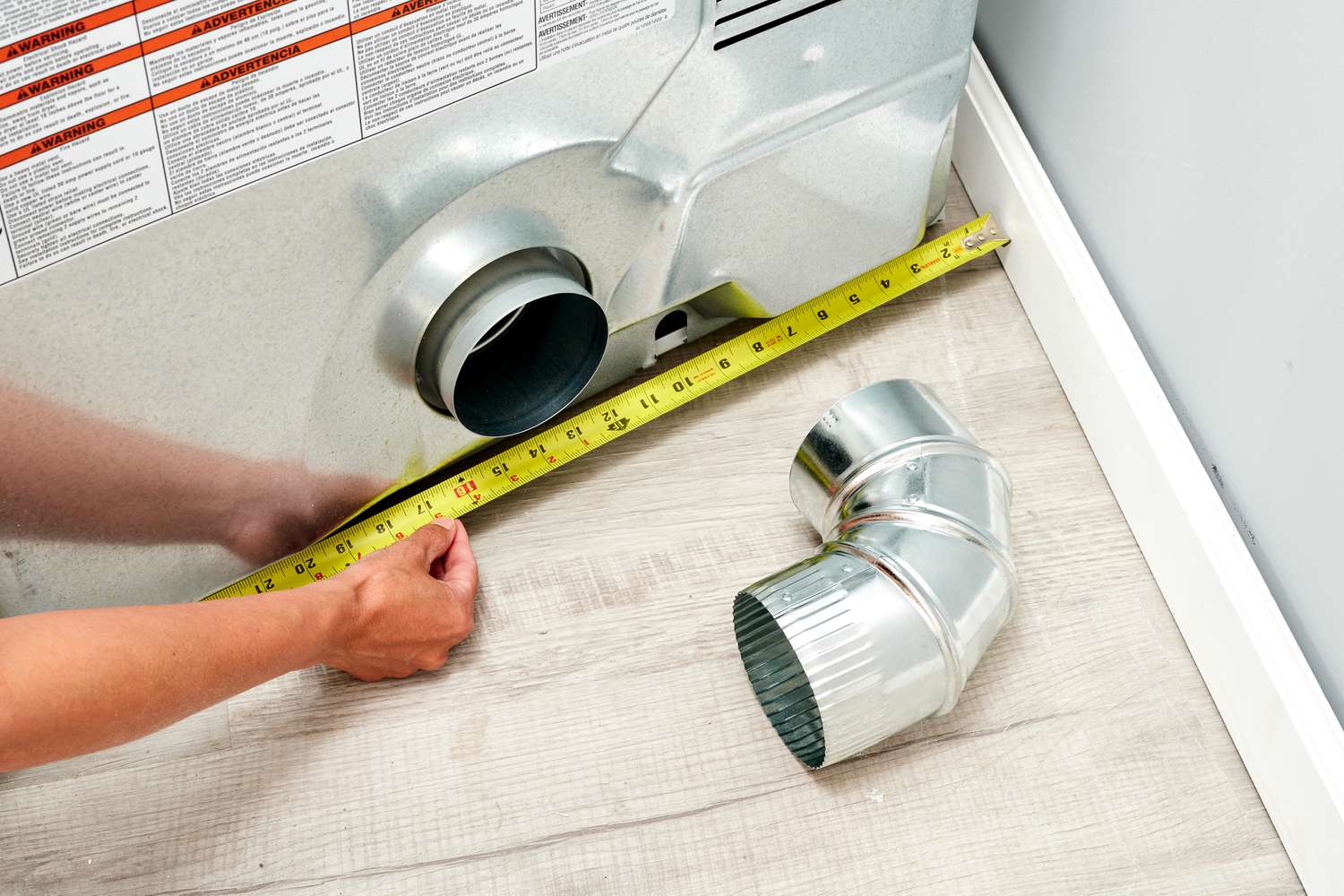
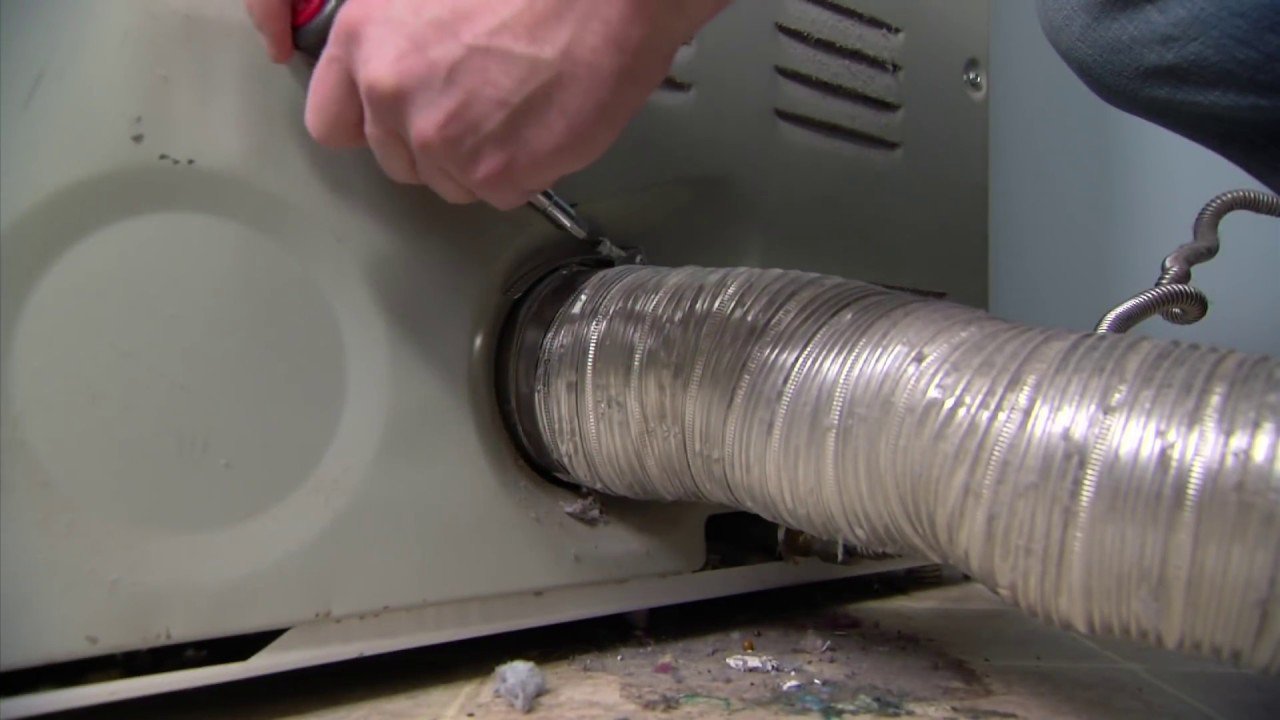
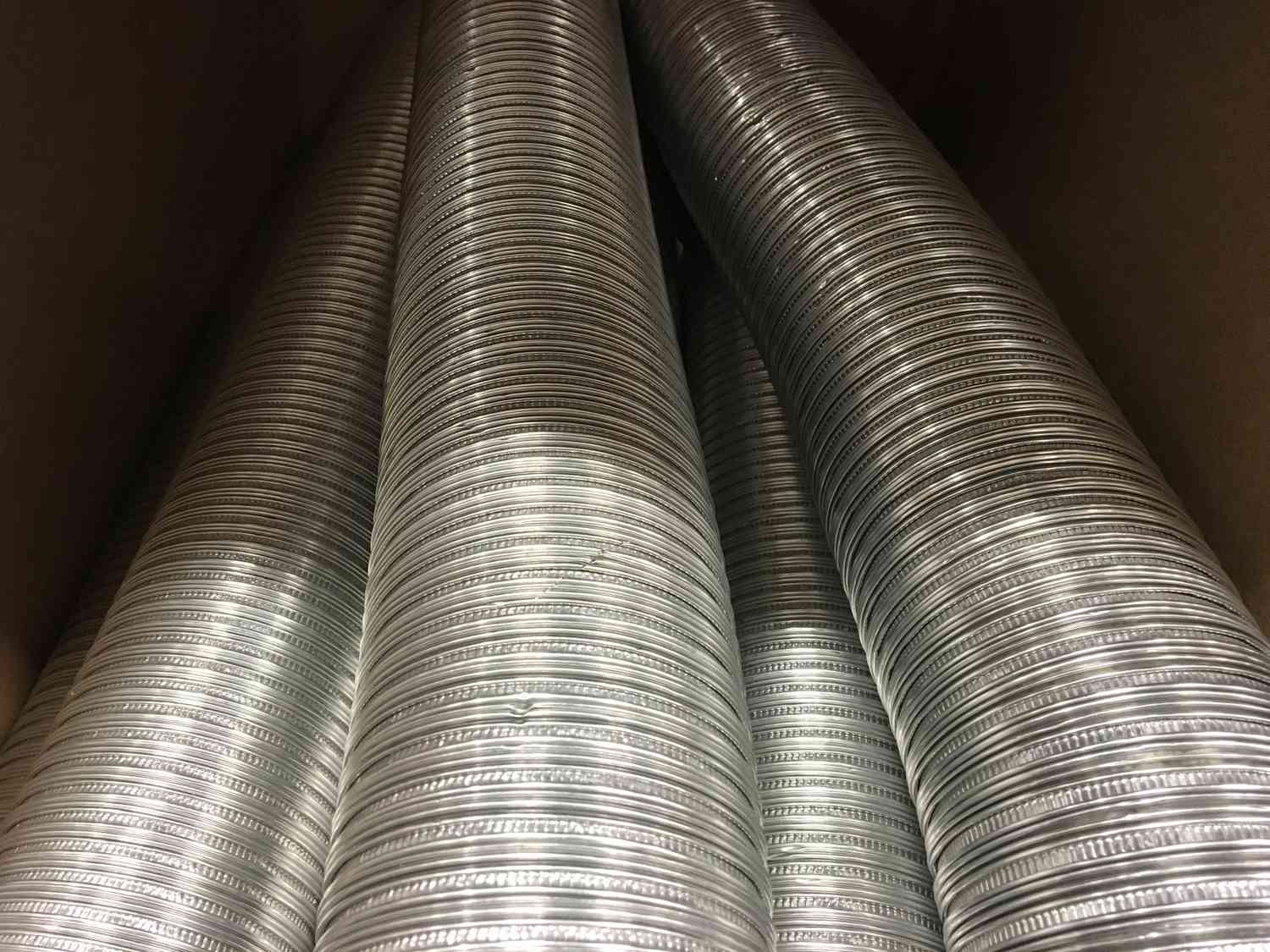
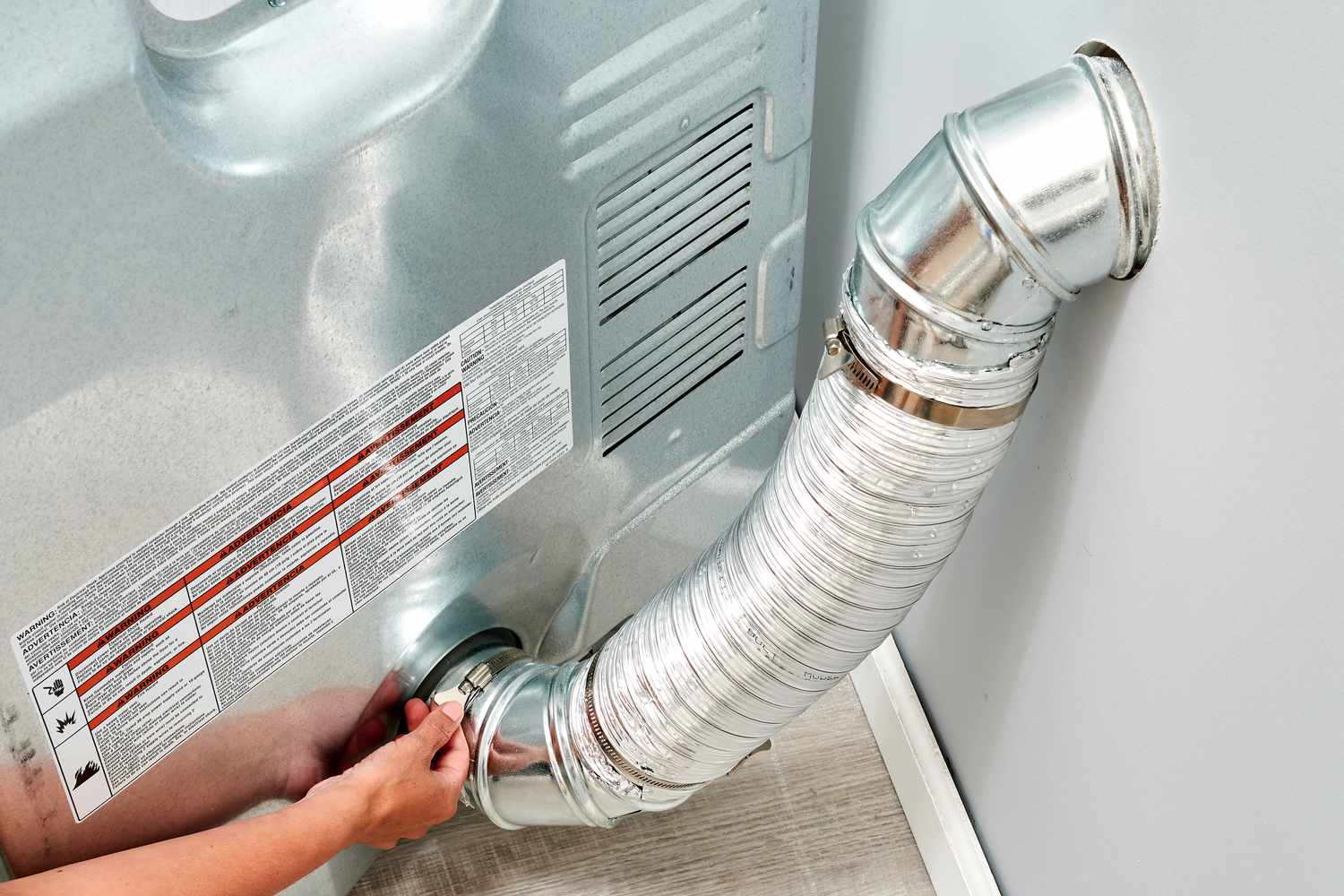
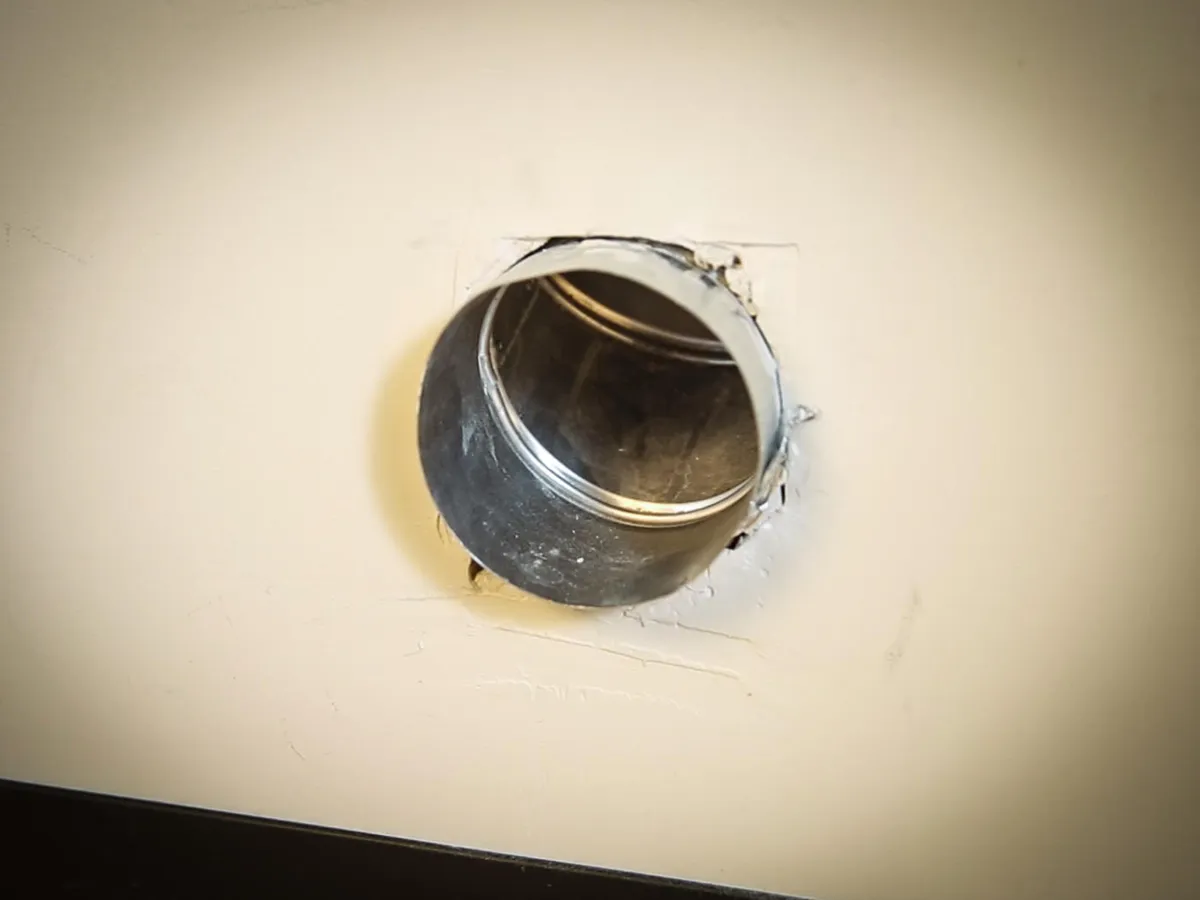
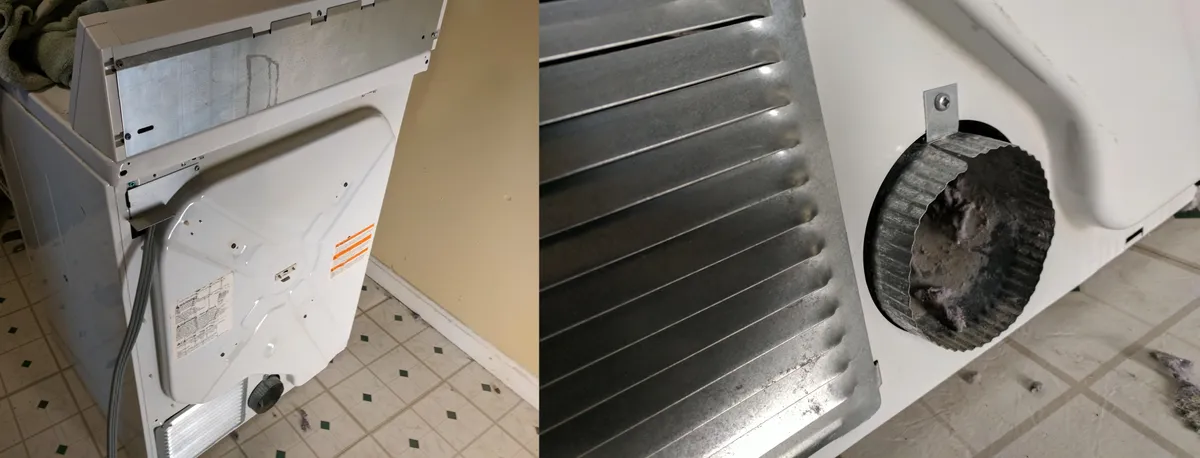
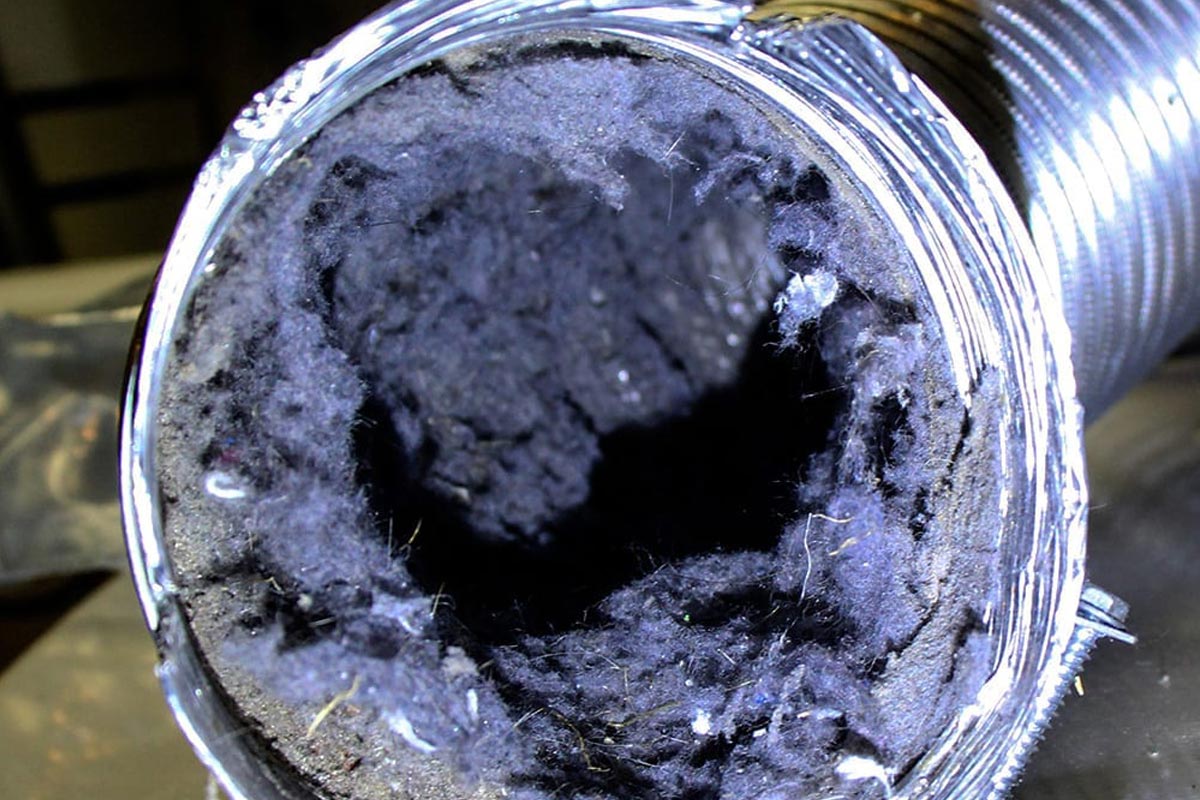
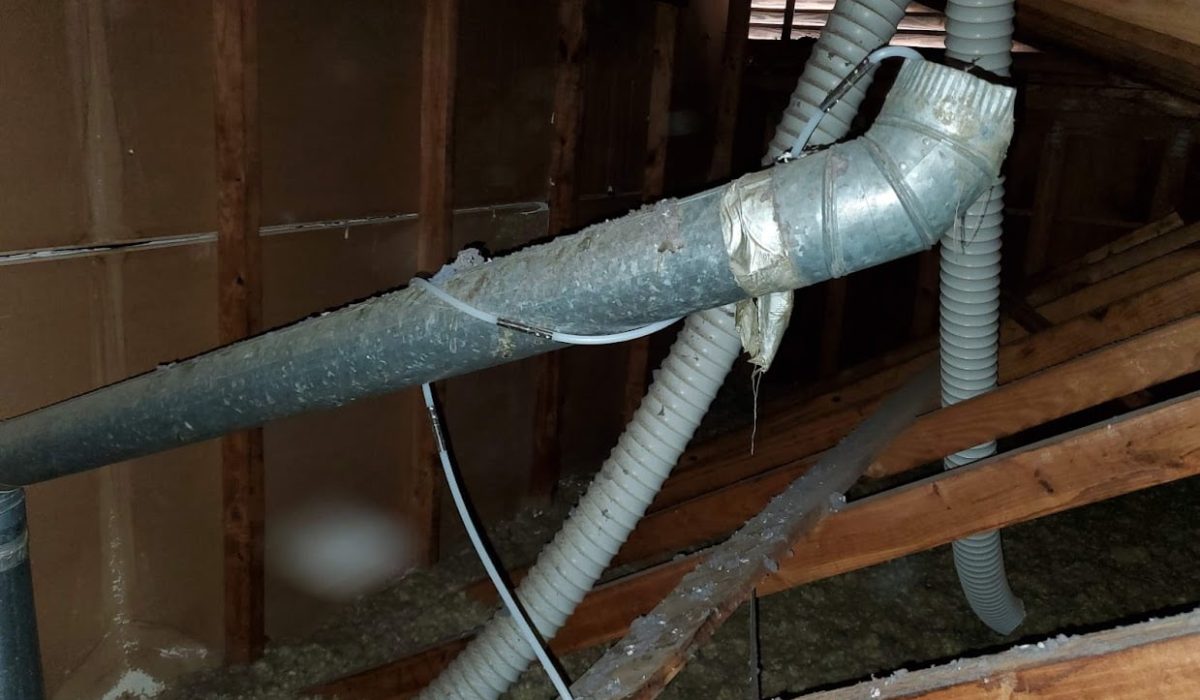
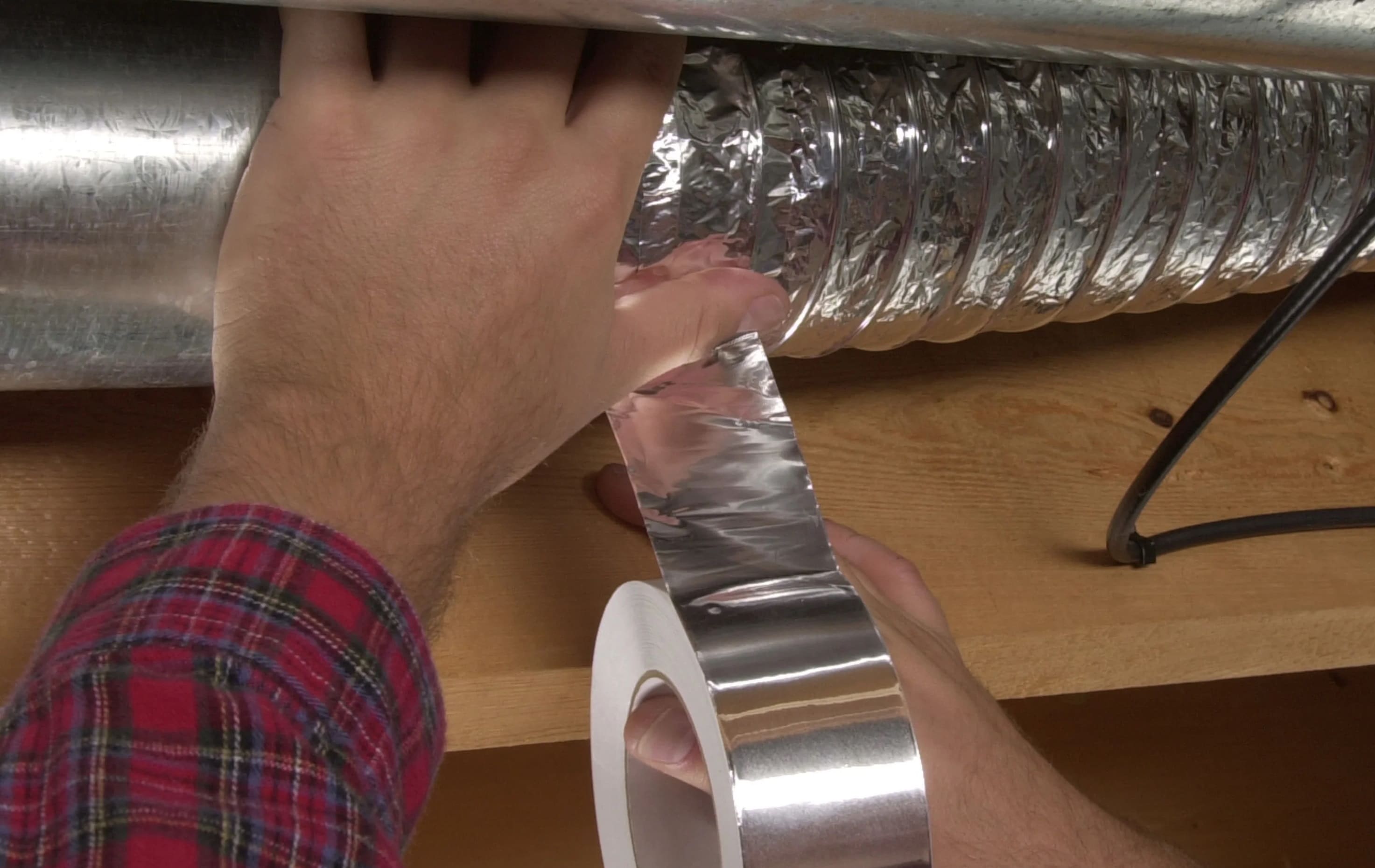
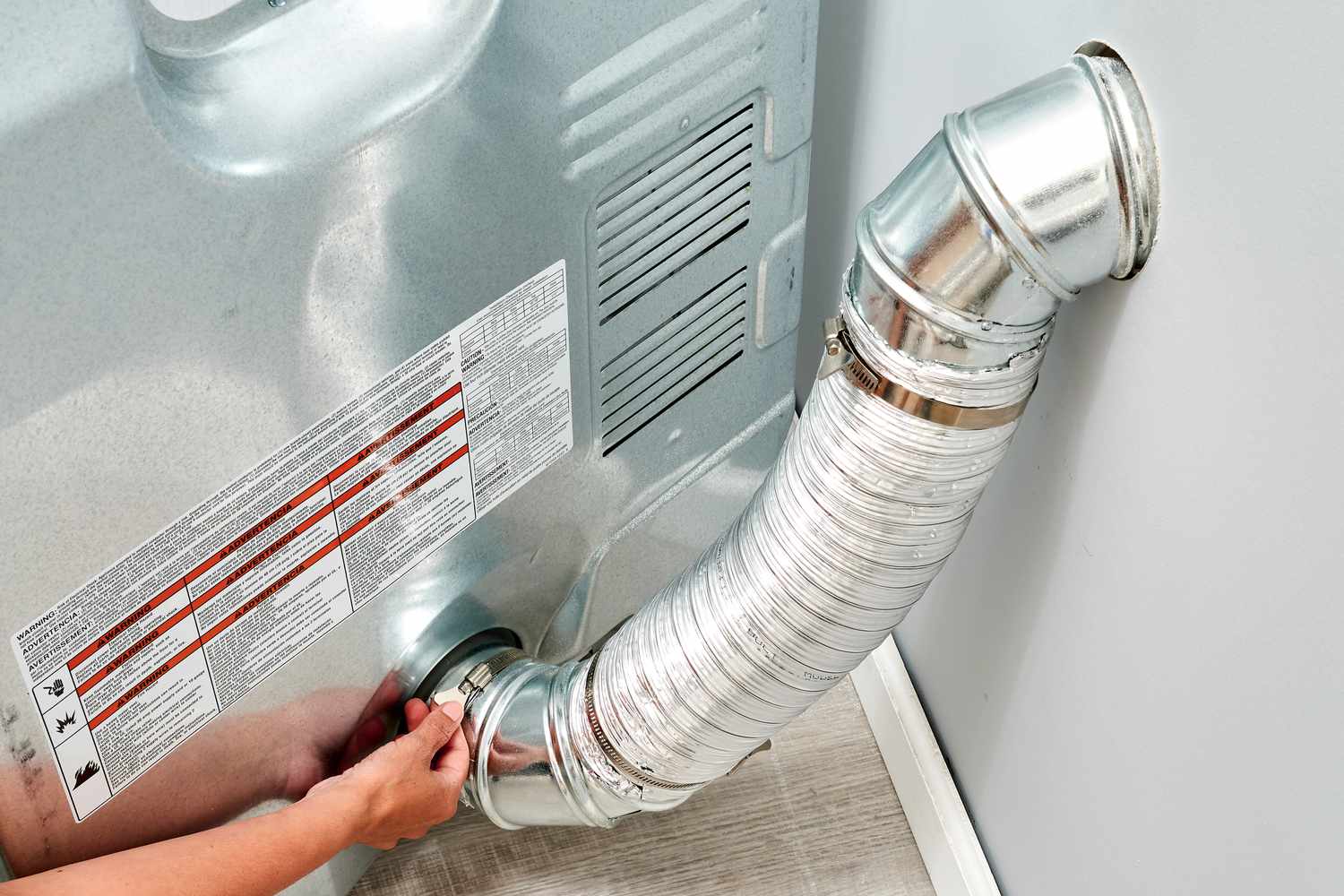
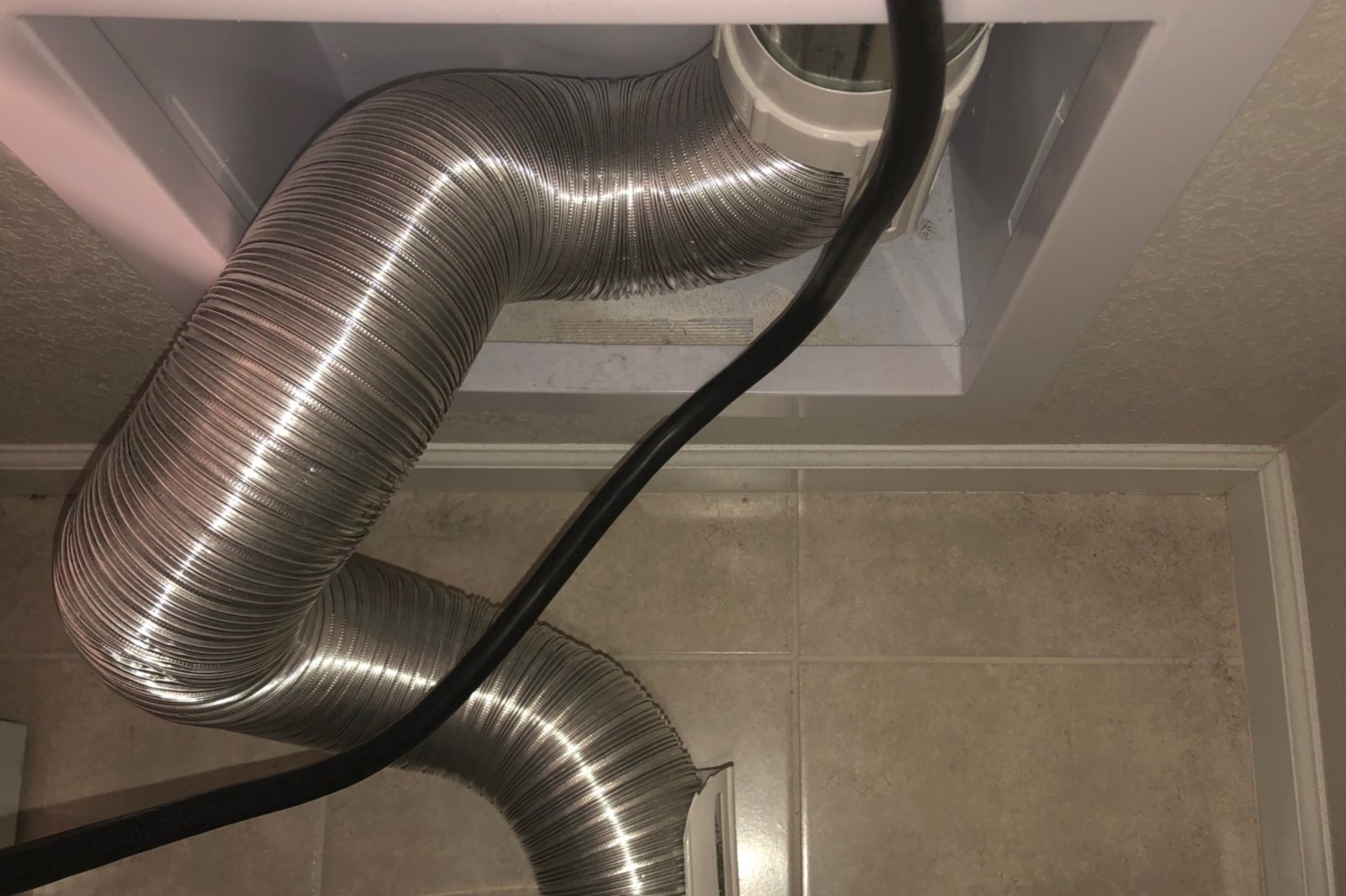
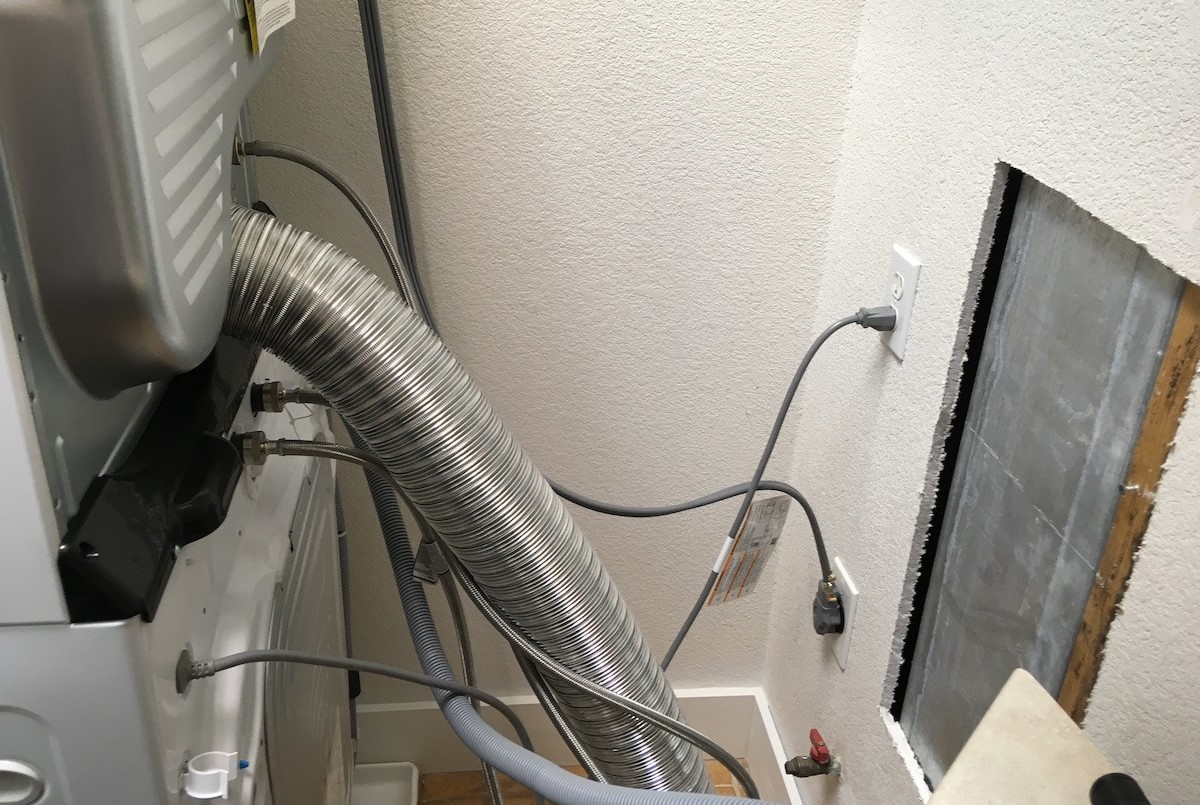
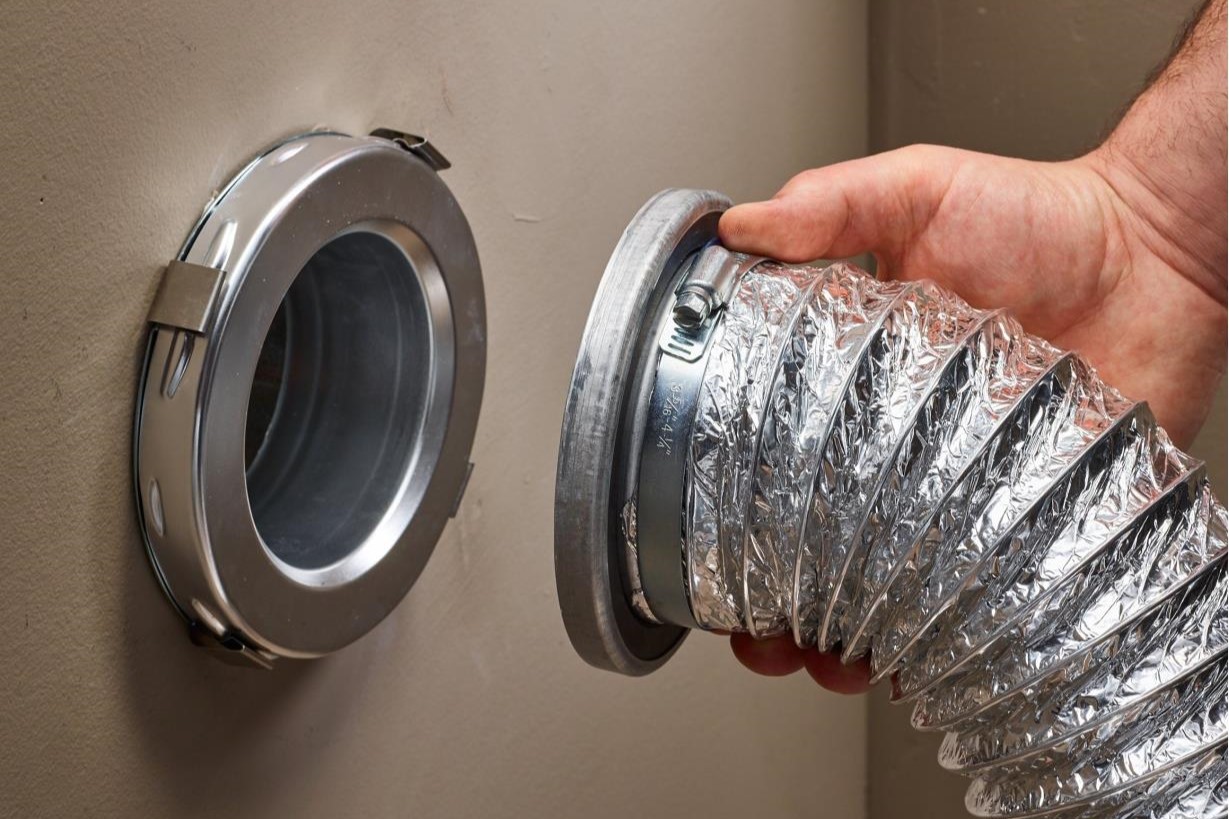

0 thoughts on “What Is A Dryer Vent”